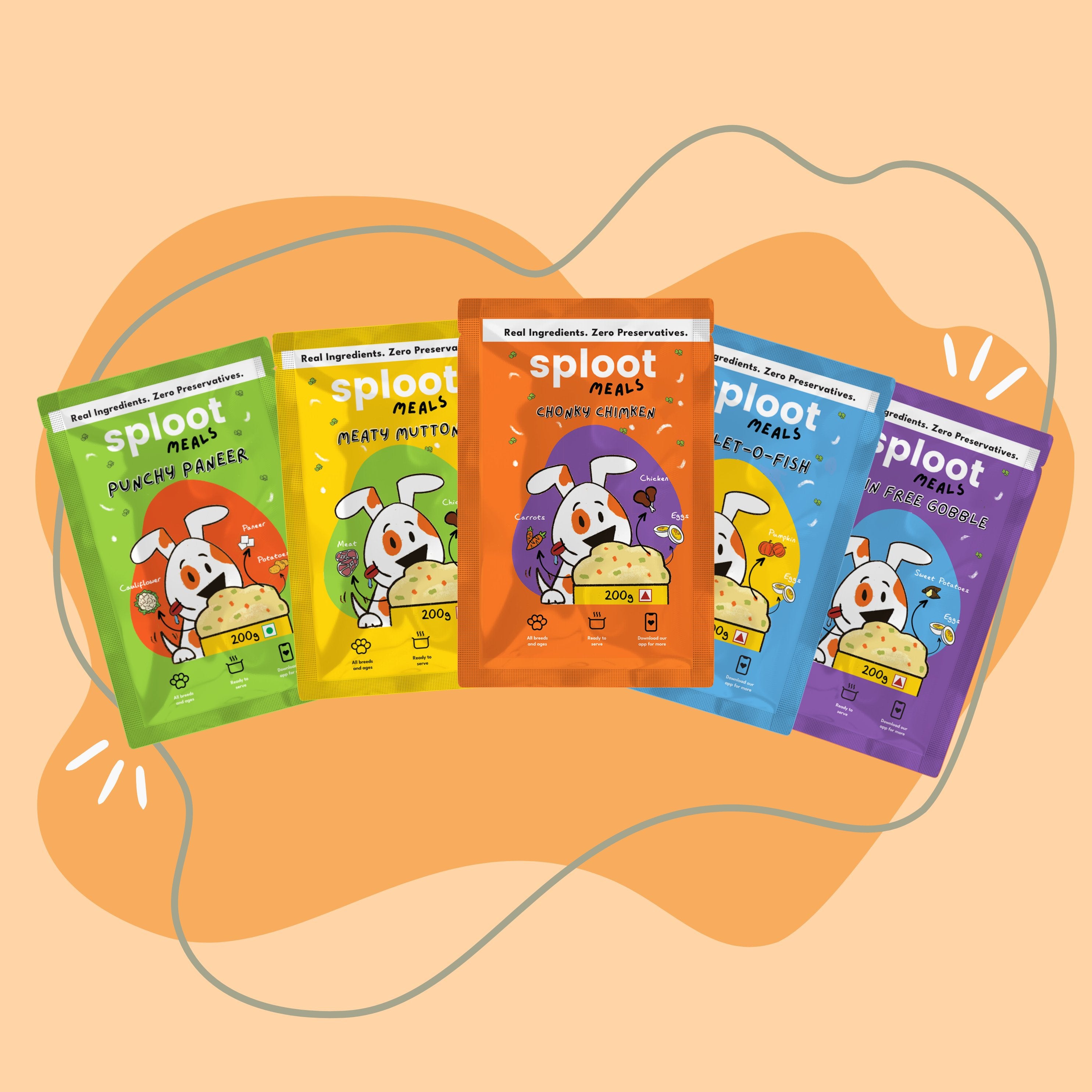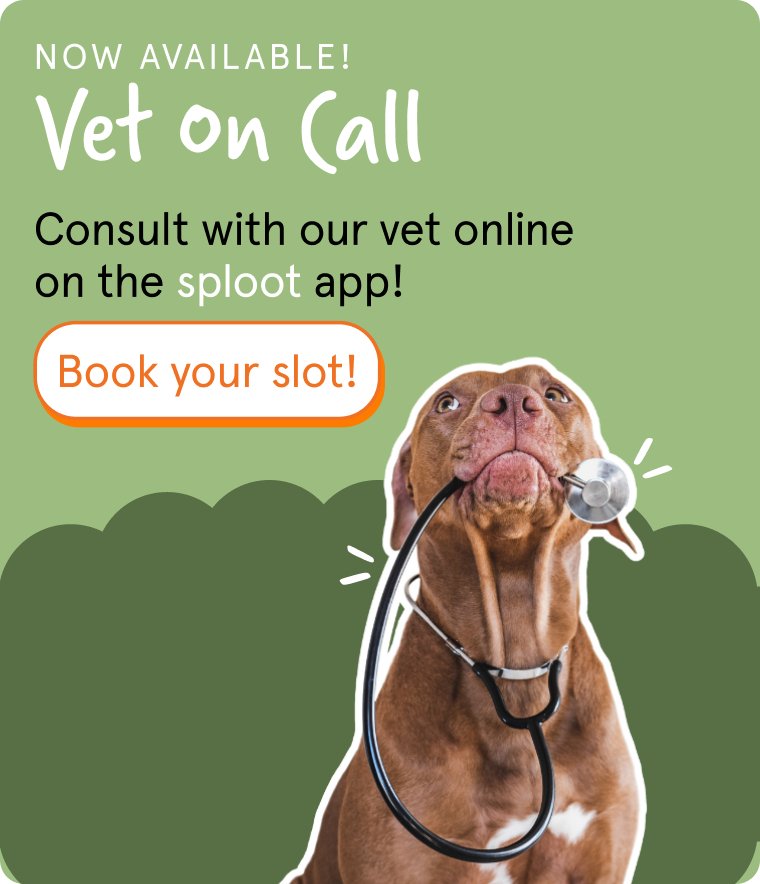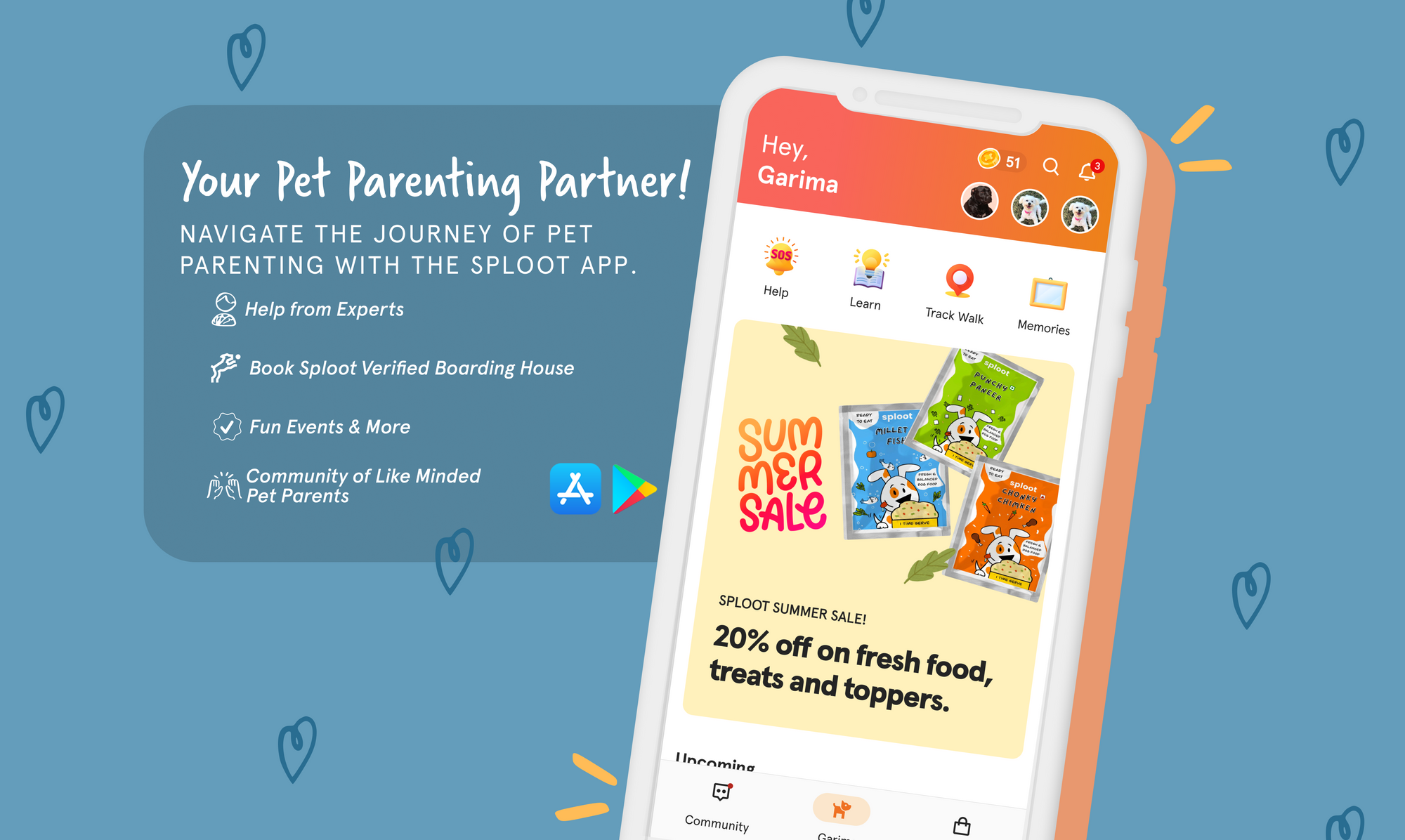Puppy-Proofing 101: Creating a Safe Space for Your Dog
{"isSaved":[],"isRead":["6523b44acbacd9e6bbb43a5a"]}

Bringing home a new puppy is an exciting time, but it also comes with a bit of preparation to ensure your home is a safe environment for your four-legged family member to explore. From electrical cords to toxic houseplants, there are plenty of potential puppy hazards to be aware of. Let's go over some essential tips for puppy-proofing your home and keeping that curious canine out of harm's way.
Electrical Dangers
One of the first puppy proofing steps is dealing with any exposed or dangling electrical cords that could pose a chewing or strangulation risk. Use cord covers or tubing to hide wires running along baseboards, and unplug any appliances, lamps, or electronics when not in use. You may also want to install childproof outlet covers throughout your home.
Household Chemicals and Medications
Make sure all household cleaners, detergents, bleach, pesticides, automotive fluids, and other toxic chemicals are stored securely in locked cabinets out of puppy's reach. The same goes for human medications, vitamins, and supplements which can be poisonous if ingested by dogs.
It's a good idea to go through your home and safely dispose of any out-of-date or unnecessary chemicals as well. Be sure to properly puppy proof your cleaning supplies and keep them inaccessible at all times. Accidentally ingesting these products could make your pup very sick.
Poisonous Plants
While you're puppy proofing, take a look around for any houseplants that could be toxic to dogs if nibbled or eaten. Some common ones to avoid include lilies, azaleas, tulips, daffodils, hyacinths, and dieffenbachia (dumb cane). If you can't permanently remove poisonous houseplants, at least keep them in hanging baskets or rooms the puppy can't access.
Human Foods
Speaking of ingestion hazards, there are plenty of human foods that can be problematic or even toxic for dogs when eaten in large amounts. Some big no-no's include chocolate, xylitol (artificial sweetener), alcohol, onions, garlic, caffeine, grapes/raisins, macadamia nuts, and fatty or salty foods.
Puppy proof your kitchen by keeping countertops clear of food items, using secure trash cans with lids, and never feeding your pup from the table which only encourages begging. When puppy proofing your home, make sure any toxic human foods are stored securely out of reach.

Dangerous Décor
You may need to do some redecorating as part of your puppy proofing checklist. Certain home accessories and décor items can pose risks like:
- Long dangling cords, tassels, or fringe that could strangle
- Breakable ceramics, vases, or knick-knacks
- Candles or wax warmers (fire hazard if knocked over)
- Poisonous seasonal plants like poinsettias or lilies
- Low dangling tablecloths or runner that could be pulled down
- Collectibles within puppy's reach that could be chewed
It's best to temporarily remove or securely elevate these types of items until your new furry friend is done with the heavy chewing stage and properly trained.
Choosing the Right Puppy Toys
Part of puppy proofing is providing plenty of appropriate, durable chew toys to keep them occupied and satisfy that gnawing need. Don't give your teething pup old socks, shoes, kids' toys, or anything else you don't want destroyed. Stick to puppy-safe plush, rope, and rubber toys.
Stash bins full of fun new puppy toys around the house and rotate them frequently to keep your pup's interest. And of course, be sure to supervise carefully during playtime to ensure no pieces get chewed off and ingested accidentally.
Securing Potential Escape Routes
Puppies are notorious escape artists, so you'll want to do a perimeter check when puppy proofing your home. Make sure any doggie doors are securely locked when not in use, and that all windows have secure screens. Check the fencing around your yard for any gaps or weak spots a small pup could squeeze through as well.
Use baby gates to limit your puppy's access to off-limits areas of the home. You may also want to crate train your pup from the start so they learn to love their safe, cozy den where they can nap and you can confidently contain them when needed.
The Great Outdoors
Don't forget about the backyard when puppy proofing! Do a sweep of your outdoor spaces to identify and remove any potential hazards like:
- Toxic plants, fertilizers, compost piles, or mulch
- Standing water from pools, ponds, or saucers under planters
- Loose items like tools, toys, gardening equipment that could be chewed
- Animal repellents or insecticide bait traps
- Loose wires, hoses, or string that could wrap around a puppy
- Open gates or damaged fencing
Choose puppy-friendly outdoor plants like sunflowers and marigolds when landscaping. Add playful touches like a pup playground with tunnels, ramps, and sandboxes to give your energetic puppy a safe space to romp.
And speaking of romping, be sure to have your pup properly microchipped and fitted with ID tags just in case the ultimate escape happens.
Puppy Proof with Your Vet
As you're checking off that puppy proofing to-do list, don't forget to schedule a vet visit. Your veterinarian can provide customized advice on puppy-proofing specific to your new furry addition's age, breed, size, and any health considerations.
They'll also ensure your puppy is up-to-date on essential vaccinations, deworming treatments, and flea/tick/heartworm prevention. Getting your new furry pal on the right healthcare regimen from the start is a key part of responsible pet ownership.
Your vet can recommend safe puppy toys, beds, grooming supplies and other necessities. This is also a great time to get tips on housetraining, obedience training, socialization, exercise needs, and nutrition to set your new best friend up for success.

Puppy Proofing Is an Ongoing Process
Remember, puppy proofing your home isn't a one-and-done type of task. It's an ongoing process as your furry friend grows and gains more mobility, dexterity, and problem-solving ability. What may seem secure one week could become a hazard the next as that rambunctious pup gets bigger, stronger, and smarter.
Set a reminder to do periodic puppy-proofing walk-throughs, staying alert for any new risks and taking precautions as needed. With some diligence and preparation, you can create a safe, secure environment for that adorable puppy to learn, play, and thrive right alongside your human family members.
Bringing a new puppy home is a big responsibility, but so rewarding when you put in the effort to start off on the right foot. By taking the time to thoroughly puppy proof your home and yard, you'll be able to rest assured that your furry friend can explore safely with reduced risks of injury or household mayhem. With some smart puppy-proofing strategies in place, you and your new pup can kick back and enjoy this exciting time together!

